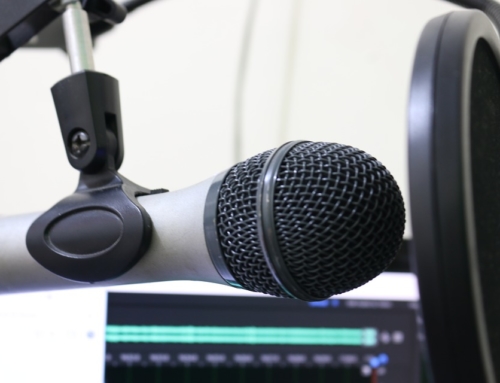Influencer marketing has become one of the hottest trends in groundswell advertising for brands. Influencers define a new starting point in brand awareness and interaction. But would you trust your brand to an influencer to gain Millennial market share?
About six weeks ago, 60 Minutes aired a segment on their show about influencers. These social media stars have become one of the the hottest trends in groundswell advertising for brands in today’s digital world. Influencers define a new starting point in brand awareness and advertising. They use their social reach and popularity on platforms such as Facebook, Twitter, Instagram, Snapchat, YouTube, etc. to make them an attractive proposition to market brands largely through amateur-produced videos and images.
 The influencer market is turning into big business not only for the actual influencer and the brands they connect with to advertise for. Talent agencies and digital advertising firms are also getting into the game by watching out for rising social media stars and matching them to brands that find their audience attractive. These companies then link the brands and the influencers together and continue to drive this trend.
The influencer market is turning into big business not only for the actual influencer and the brands they connect with to advertise for. Talent agencies and digital advertising firms are also getting into the game by watching out for rising social media stars and matching them to brands that find their audience attractive. These companies then link the brands and the influencers together and continue to drive this trend.
As a marketer and fierce brand protector, there’s a big elephant in the room when it comes to using this medium as a means of advertising. What stuck out to me about using influencers as spokespeople for your brand is the outright lack of creative control that goes into the scenario. Influencers are often given open access to do whatever they please with their “spot,” so long as it generates the traffic on social media, and thus, impressions, views, shares and clicks.
The big question for brand owners is: would you trust your brand to an influencer?
In a digital age where marketers are grasping at anything that will tap into, and grab the attention of, the “elusive” Millennial market, many may answer “yes.” But is the short-term gain worth the inevitable long-term cost?
Although the owner of the digital advertising firm interviewed by 60 Minutes insisted that the influencer trend is anything but, let’s be honest. Influencers will hold their place in the world of digital advertising for awhile, but the flame will eventually burn out. As 60 Minutes reported at the end, this style of advertising has caught the eye of the FTC, which now required influencers to make very clear that their postings are an advertisement instead of “organic” content. In my opinion, this hurdle alone draws parallels to click-bait digital native advertisements. Influencer marketing stands to generate traffic in the here and now, but be ignored down the road.
What’s more, as the audiences for these ads (the younger end of the Millennial generation and those behind them – the Gen Zers) become more in tune with what is being presented through influencer ads, the more likely they will be to tune out, skip over or avoid the ads all together.
Using influencers to propel your brand message may be an awesome opportunity to capture a younger audience and Millennial share of wallet for now. But that reach also comes with long-term costs and risks to your brand and image.
Today, influencers are viewed as next to godliness when it comes to the holy grail of word-of-mouth referral advertising. Tomorrow, who knows? Monetized and distributed enough, influencer ads become just another 5-second “Skip Ad” on YouTube or an Instagram account that becomes unfollowed.
Interested in ideas on how to approach Millennial marketing? Contact Aaron at MarketMatch!




